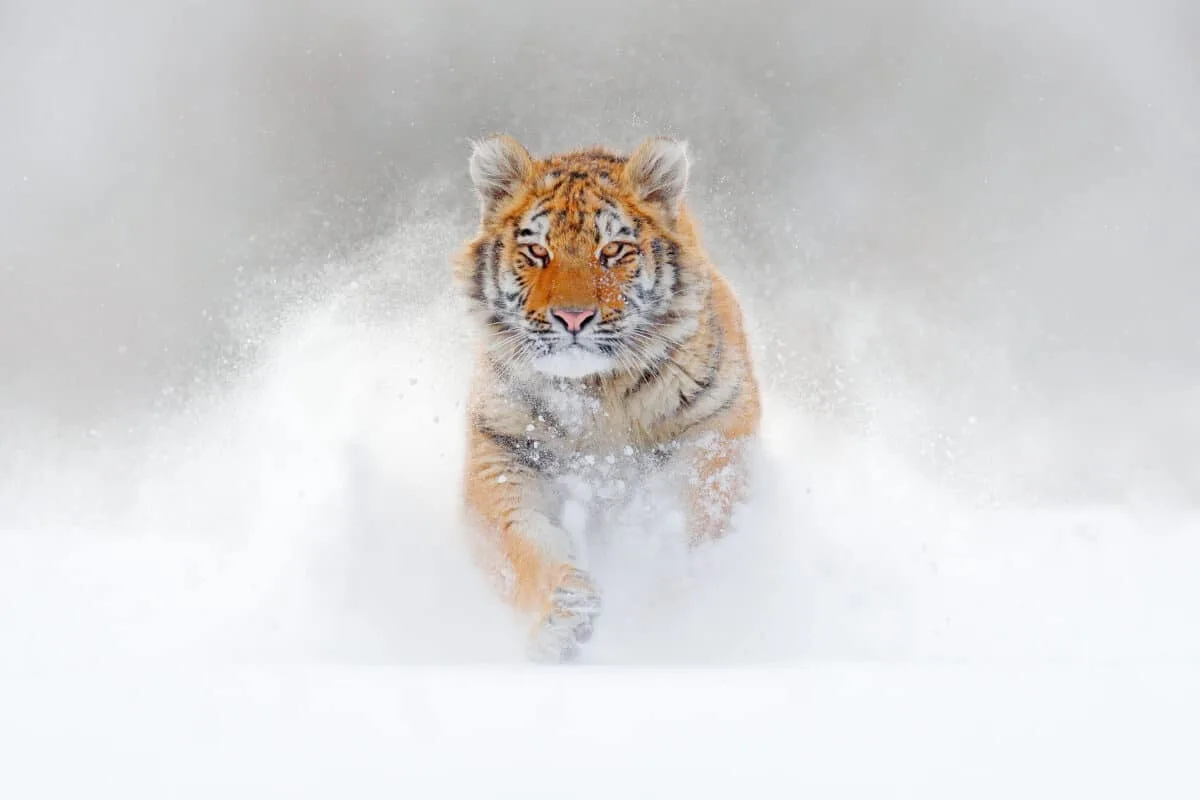In this article, we will compare the Kodiak bear vs. Siberian tiger, two of Earth’s largest and most formidable predators.
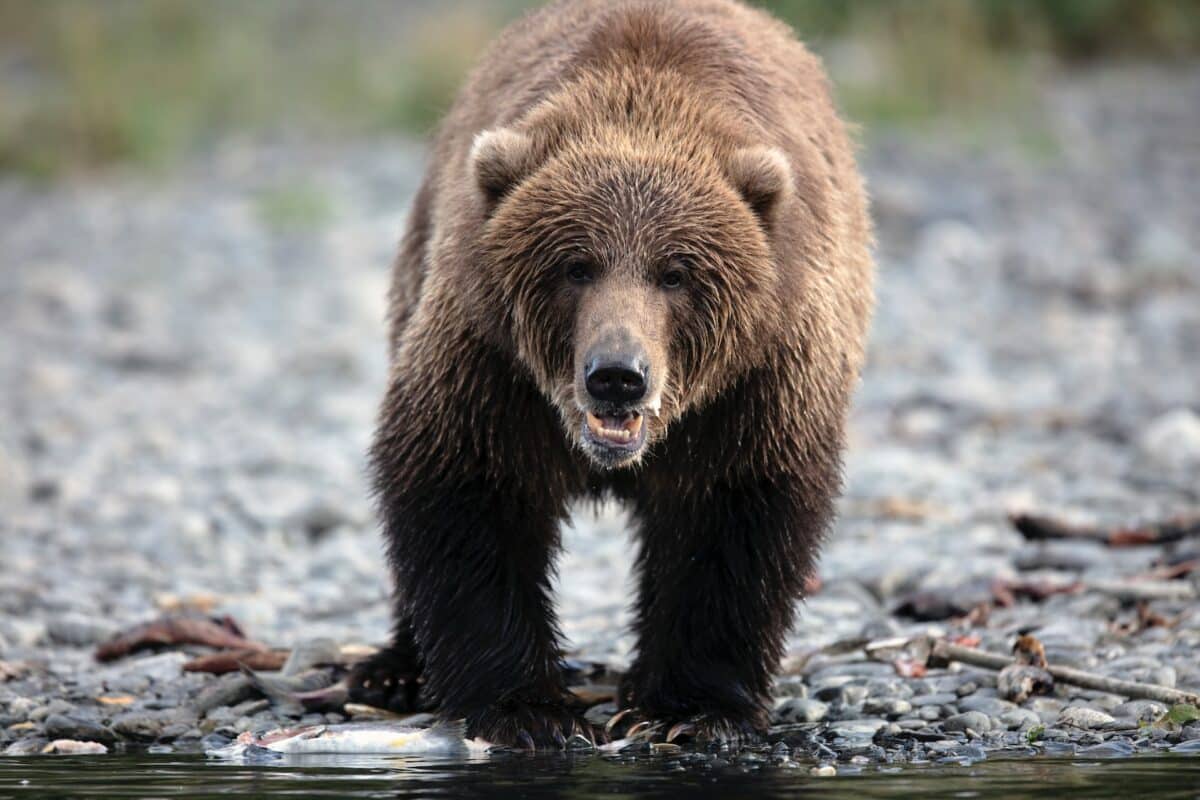
Kodiak bears are a subspecies of brown bears that live exclusively in the Kodiak Archipelago in Alaska. At the same time, Siberian tigers are the largest cat species and are found in the Russian Far East.
Kodiak bears are known for their massive size, which can reach 1,500 pounds, and height of up to 10 feet on their back legs. They have sharp claws and teeth and are skilled hunters, although they consume various plant materials.
Siberian tigers are smaller in size, with adult males weighing up to 600 pounds and measuring up to 11 feet. They are excellent hunters and ambush predators, with strong muscles and sharp claws and teeth that they use to take down prey.
While it’s difficult to predict a hypothetical fight, it’s worth exploring the differences between these two apex predators and the unique characteristics that make them such impressive animals.
Now, let’s assess all the similarities and differences between these two powerful beasts.
Kodiak Bear Vs. Siberian Tiger
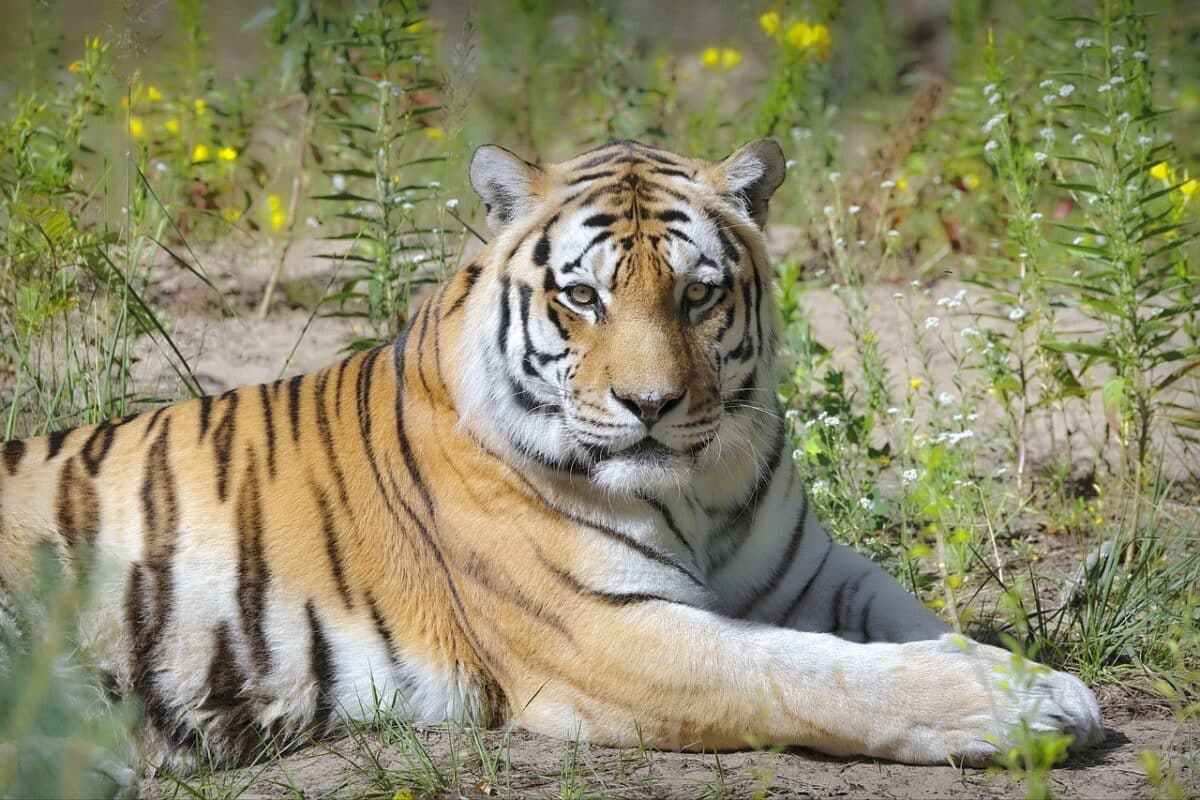
Scientific Classification
Kodiak bears belong to the Ursidae family, while Siberian tigers fall into the Panthera family. Kodiaks are classified as a subspecies of brown bears (Ursus arctos middendorffi,) whereas Siberian tigers are classified as Panthera tigris altaica.
Size & Appearance
The Kodiak bear is larger than the Siberian tiger, reaching up to 1500 pounds weight. Meanwhile, Siberian tigers weigh up to 600 pounds and measure up to 11 feet in length.
Kodiak bears have a distinctive hump on their shoulders and long claws, while Siberian tigers have unique orange fur with black stripes.
Habitat
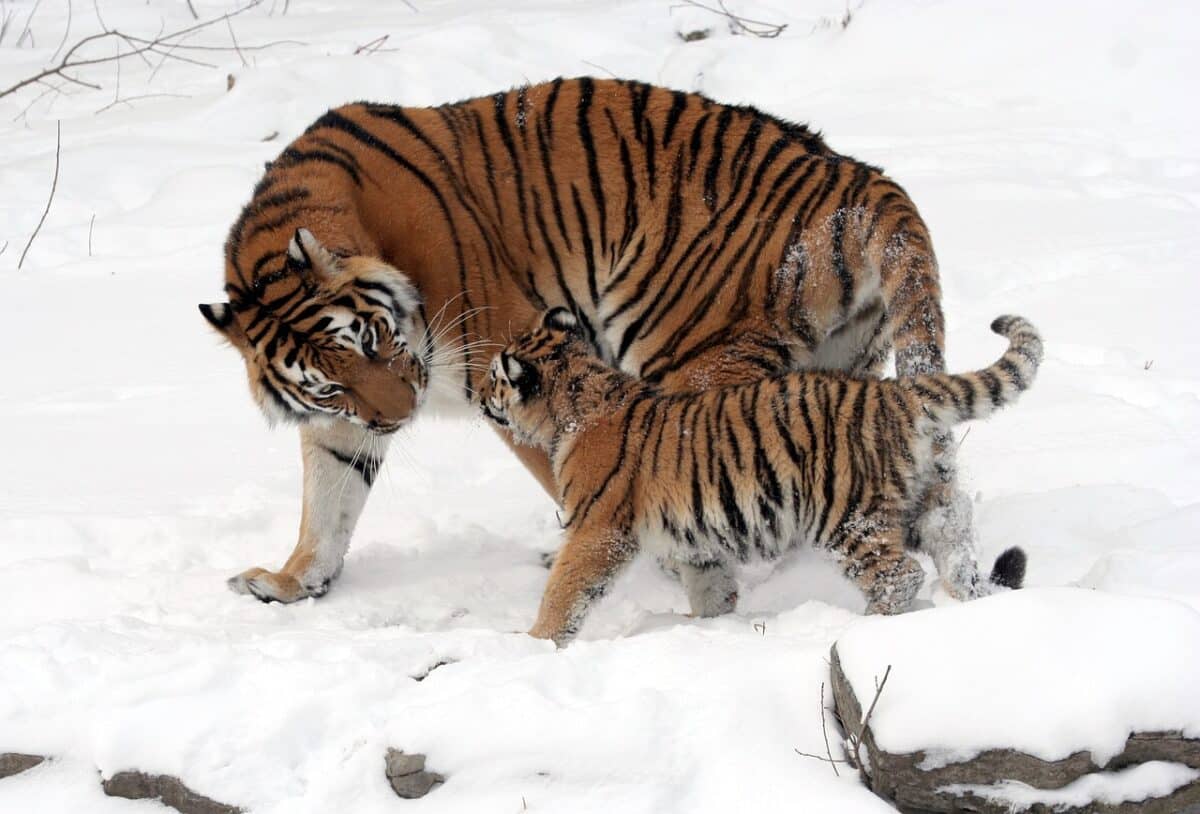
The Kodiak bear and Siberian tiger have vastly different habitats due to their location and adaptations.
Kodiak bears are exclusively found in the Kodiak Archipelago, a group of islands off the southern coast of Alaska. Their habitat mainly consists of dense forests, tundra, and meadows. They have adapted to this rugged and often harsh environment, where temperatures can drop below freezing and food is sometimes scarce.
Additionally, these bears are known to be opportunistic feeders, consuming a variety of plant material as well as hunting fish, and small mammals. There are no Moose in the Kodiak archipelago, and the only elk on the main island are ranched livestock.
Siberian tigers, on the other hand, inhabit the Russian Far East, including the Amur region and the Sikhote-Alin mountain range. Their habitat mainly includes dense forests, taiga, and river valleys. Notably, this region’s climate is cold and harsh, and the temperature drastically drops in the winter months. Moreover, Siberian tigers are solitary animals whose territory can cover hundreds of square miles.
In summary, while the Kodiak bear and Siberian tiger are both adapted to harsh environments, their habitats differ significantly. The Kodiak bear lives exclusively in the Kodiak Archipelago, while the Siberian tiger inhabits a large region in the Russian Far East.
Food Preferences
While the Kodiak bear and Siberian tiger are skilled hunters, their diets differ. Kodiak bears are omnivores and consume various plant materials but also hunt fish, small mammals, and larger prey like elk and moose. Their diet mainly consists of salmon, clams, berries, nuts, and other vegetation in the region.
On the other hand, Siberian tigers are carnivores whose diets mainly consist of deer species like sika deer or wild boar, as well as smaller animals like hares, rabbits, and rodents.
Reproduction
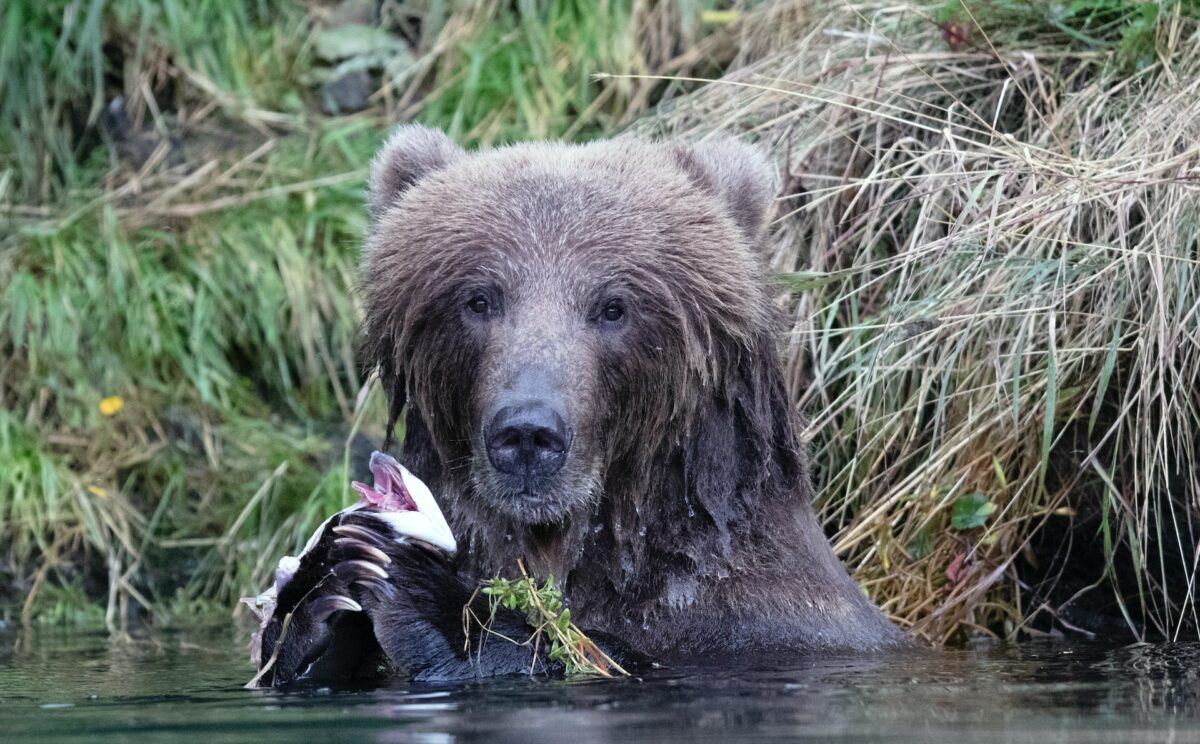
Kodiaks typically reproduce at around 5-6 years old, with females giving birth to 1-4 cubs in January or February that usually stay with their mother for up to 2.5 years.
On the other hand, Siberian tigers become sexually mature by the time they reach 3-5 years of age. They have litters of 2-6 cubs every two years or so, depending on the food availability in their habitat.
Hunting Techniques
Kodiaks are powerful animals but can be tad slow due to their enormous size. They usually hunt by ambushing their prey and relying on brute strength.
Siberian tigers are much more agile and fast due to their smaller frame. They typically stalk and ambush their prey with speed and agility before using a powerful bite at the neck or throat to take down larger animals like deer or wild boar.
Interactions With Humans
The Kodiak bear has traditionally been viewed as an important symbol of Native Alaskan cultures. Hunting for these bears was historically used for subsistence purposes but has since been regulated by law to protect this species from overhunting.
On the other hand, Siberian tigers have long been hunted for their skins and body parts, making them critically endangered due to extensive poaching activities in the region.
Overall, Kodiak bears and Siberian tigers are beautiful apex predators with unique characteristics that make them stand out from all other animals in their habitats.
Are Kodiak Bears and Siberian Tigers Endangered Species?
Kodiak bears and Siberian tigers are two species identified as endangered by the International Union for Conservation of Nature (IUCN).
There are currently an estimated 3,500 to 4,500 Kodiak bears left in the wild. The primary threats to this species include hunting and habitat loss due to human activities such as logging.
The Siberian tiger is critically endangered in Russia’s Far East. According to estimations from 2016, only around 450 individuals still live in the wild. Major threats to this species include poaching and habitat destruction caused by logging and agricultural development. In addition, climate change may also be affecting their long-term survival prospects as rising temperatures reduce their preferred prey base of musk deer and wild boar.
Both of these species face several challenges that must be addressed to survive in the long term. Conservation efforts are desperately needed to help ensure their continued survival.
In addition, reducing poaching and limiting human disturbance within these areas can help mitigate some of the threats both Kodiak bears and Siberian tigers face.
Frequently Asked Questions
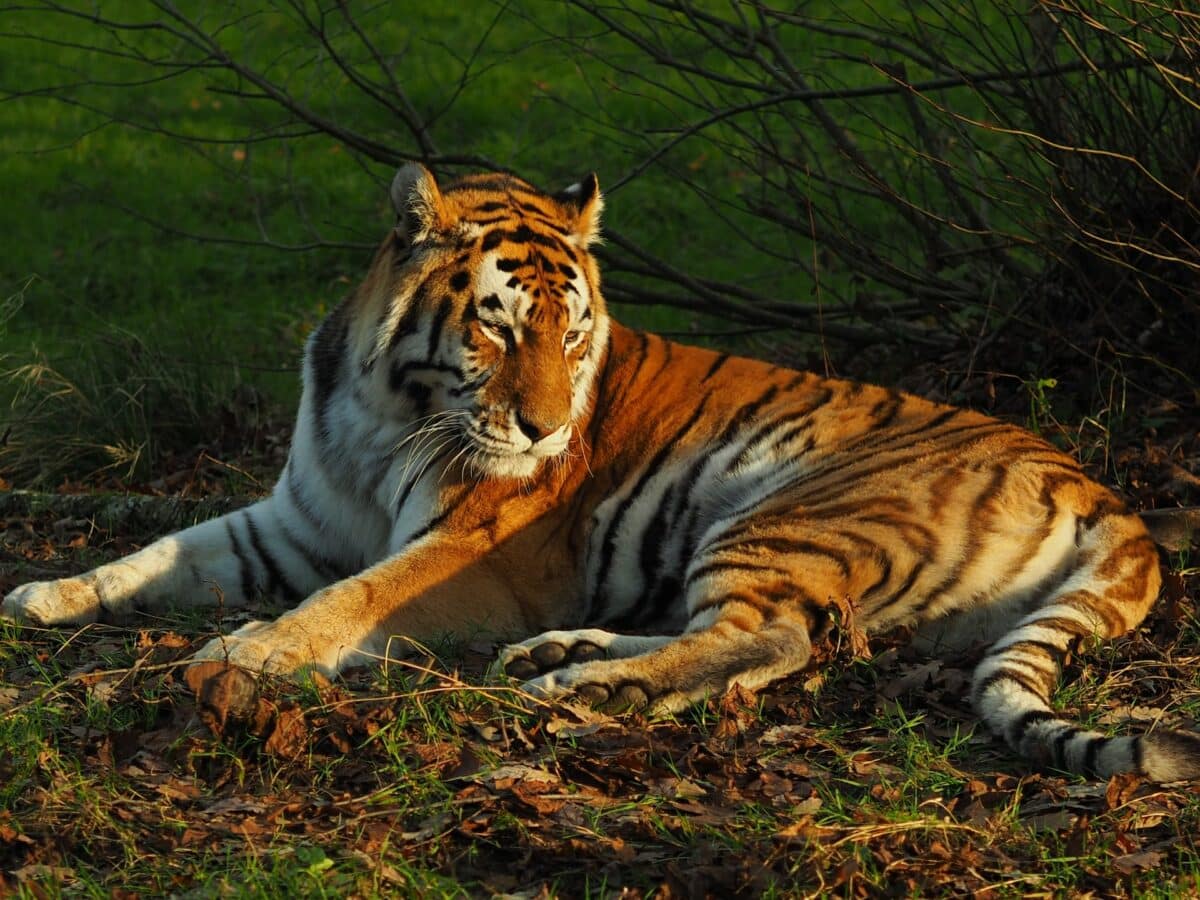
Kodiak bears primarily feed on salmon, but will also hunt other animals like deer and elk when salmon isn’t available.
Siberian tigers mainly feed on hoofed animals such as musk deer, boar, elk, and wild horses. They will also eat birds, fish, reptiles, and insects when needed.
The Kodiak bear is a powerful animal capable of running 30 miles per hour over short distances. The Siberian tiger has a top speed of about 50 miles per hour over short distances due to its long limbs and lighter weight.
Both animals have strong jaws with sharp claws for hunting prey or defending themselves from potential threats.
While both animals have similar coloring (shades of brown with stripes,) the fur densities differ significantly.
A fully grown male Kodiak bear’s fur density can be up to 9 inches thick.
In contrast, a fully grown male Siberian tiger’s fur density is only about 0-2 inches wide; this helps them better adapt to cold climates during wintertime in Russia, where temperatures drop below -40 degrees Fahrenheit!
Conclusion: Kodiak Bear Vs. Siberian Tiger
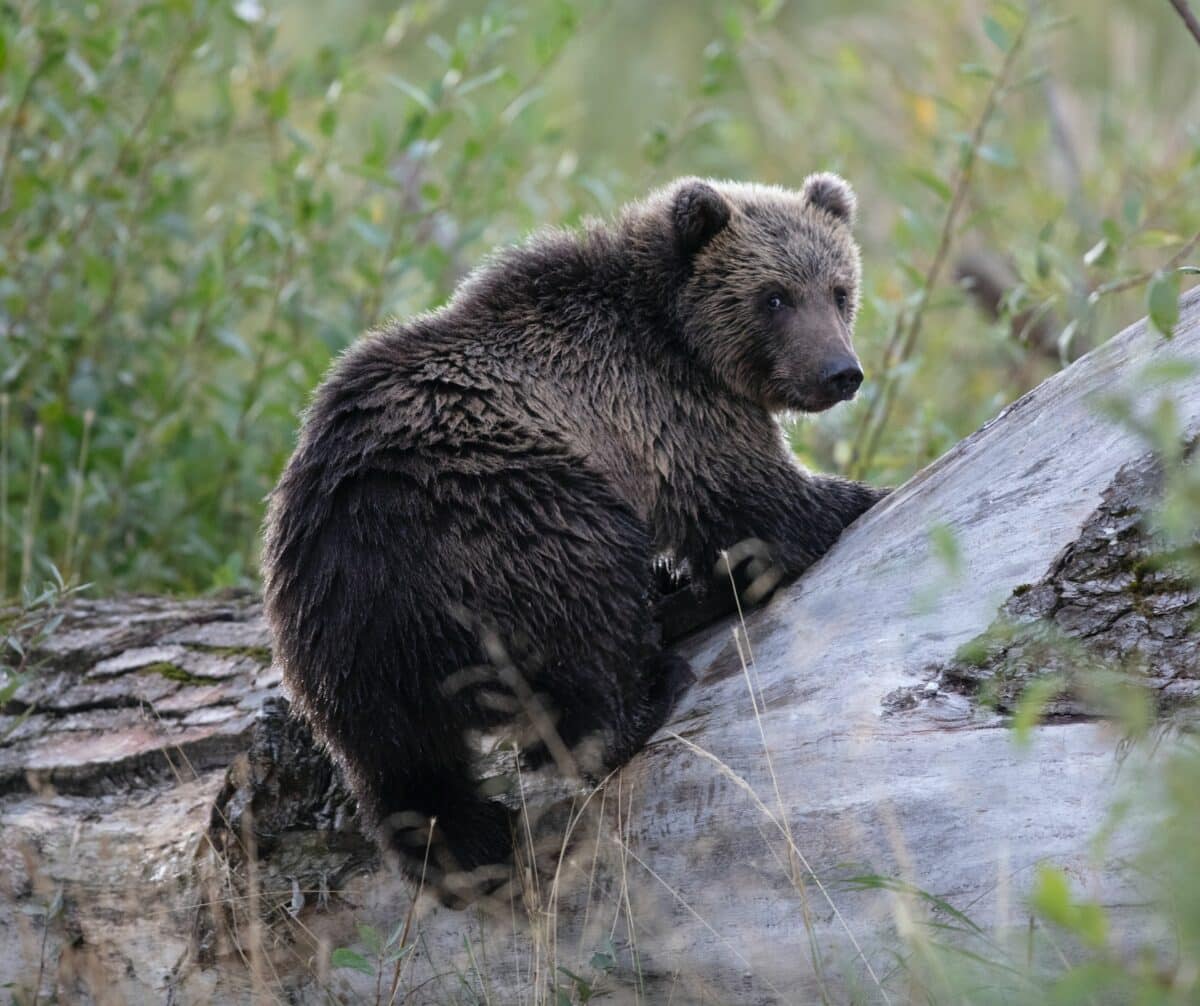
To conclude, the Kodiak bear and the Siberian tiger may be similar in that they are both extremely powerful predators. However, they have way more differences than similarities. They differ significantly in habitat, food preferences, scientific classification, reproduction methods, hunting techniques, and interactions with humans.
With careful conservation and management, we can help to preserve these two magnificent animals for generations to come!
Thank you for reading this article! If enjoyed this read you would also love our comparison of the Springer Spaniel vs. Brittany Spaniel, or the Bison vs. Buffalo.
- Chicago Cat Jumps From 5th Floor of Burning Building and Survives - April 22, 2024
- The Cruelest Contest in the World: Rattlesnake Round-Ups - April 21, 2024
- Rare Footage: Wild Fox and Pet Cat Play-Date - April 21, 2024

